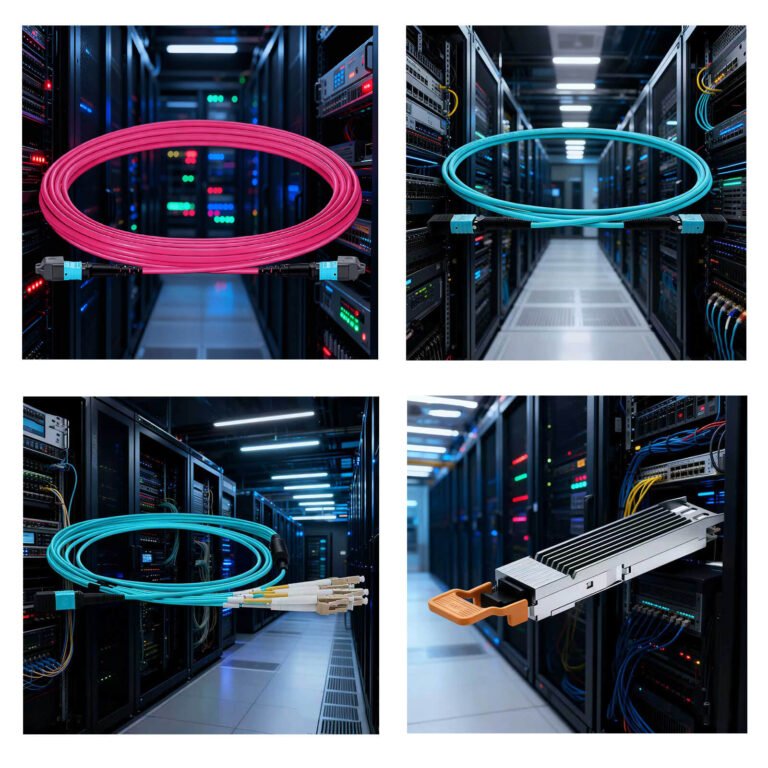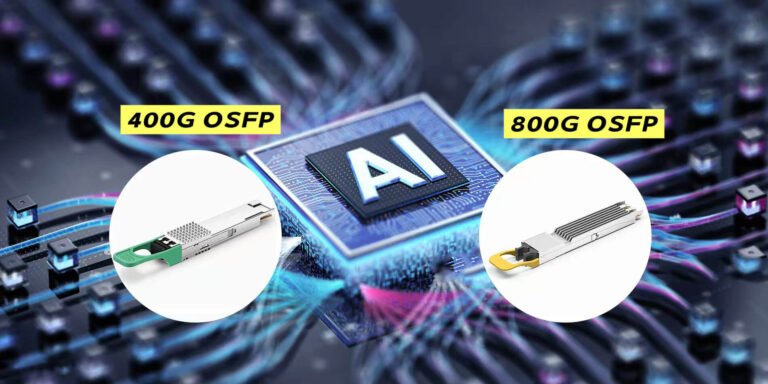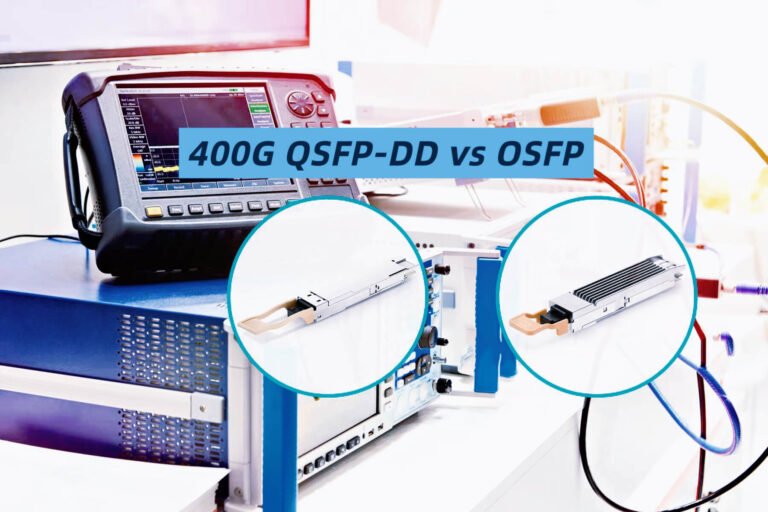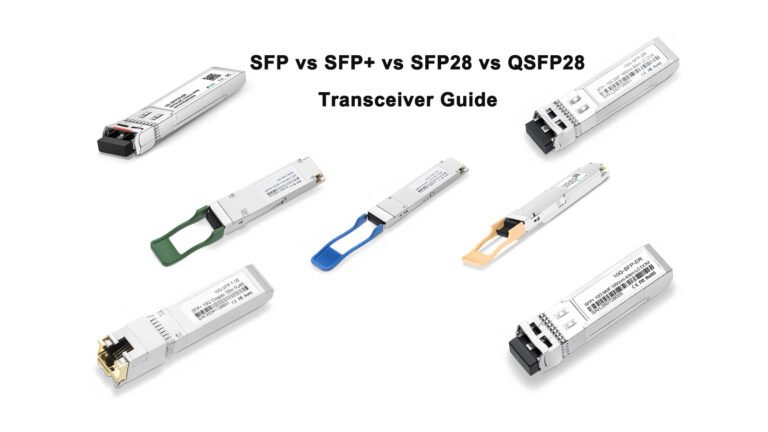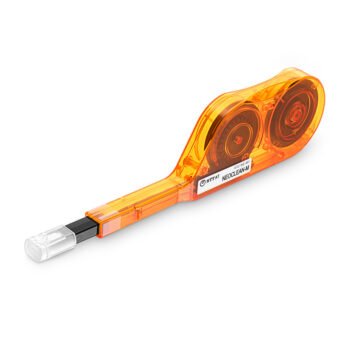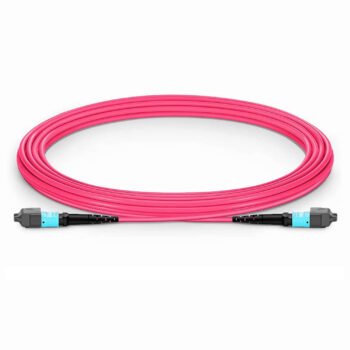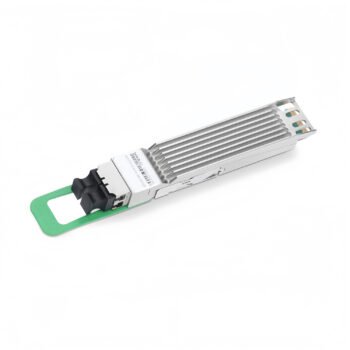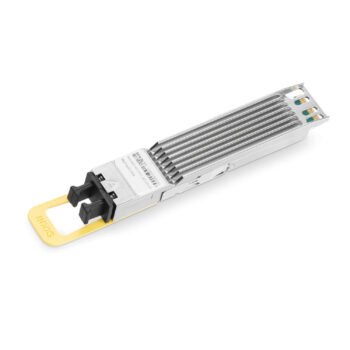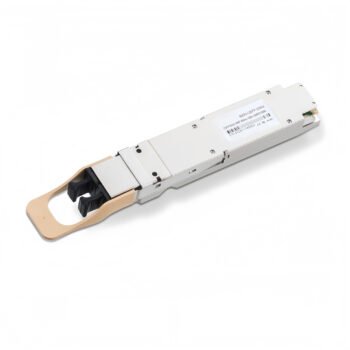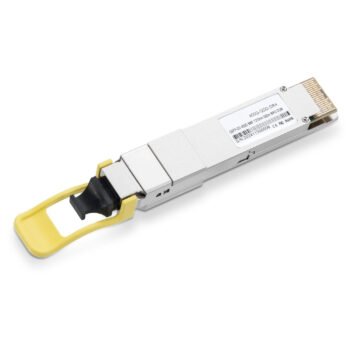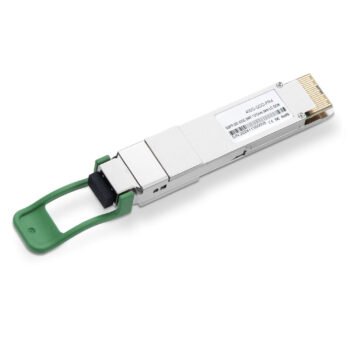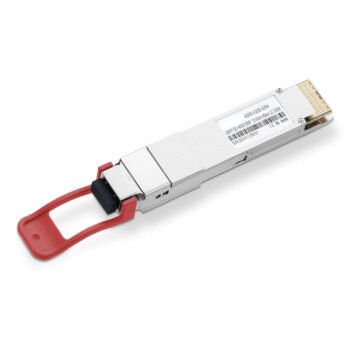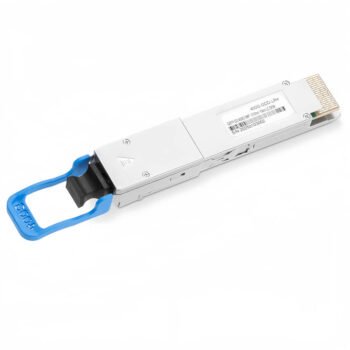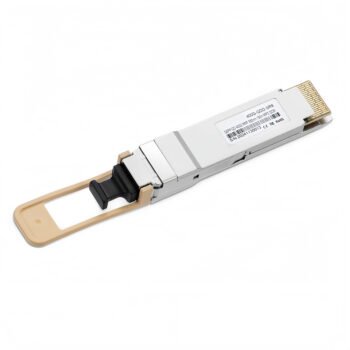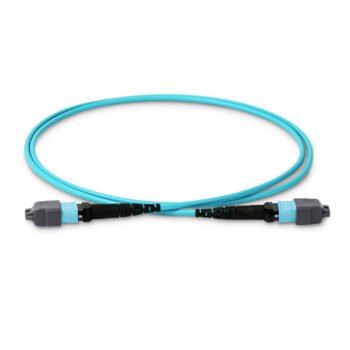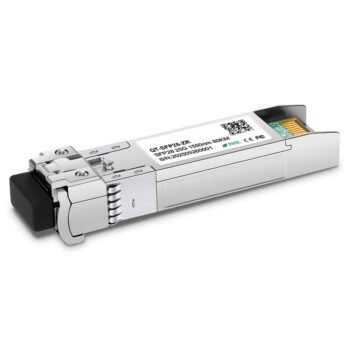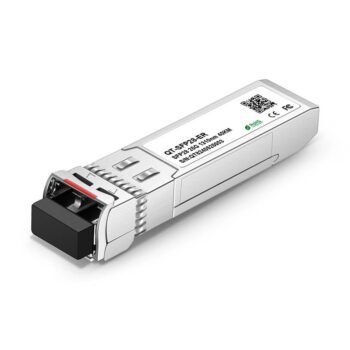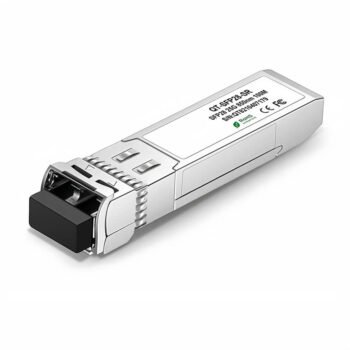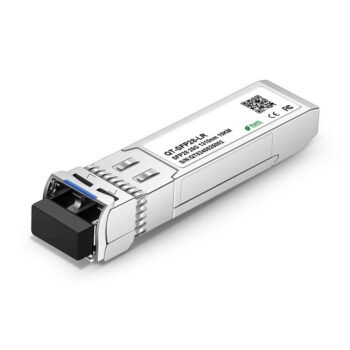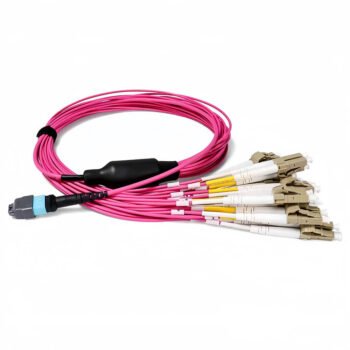Is your data center’s bandwidth hitting a wall? Laying more fiber is incredibly expensive and slow, which limits your ability to grow. This capacity crunch can delay projects and threaten your service quality. WDM technology is the solution, letting you multiply your existing fiber’s capacity.
The primary difference is that Coarse Wavelength Division Multiplexing (CWDM) is a lower-cost technology for shorter distances (under 70 km) with up to 18 channels. Dense Wavelength Division Multiplexing (DWDM) is for high-capacity, long-haul transmission (over 70 km) supporting 40 to 96+ channels. Your choice will depend on your specific needs for capacity, distance, and budget.
I recently helped a project manager in Brazil who faced this exact dilemma. They needed to connect two data centers but were unsure which technology offered the best return on investment. Let’s break down the key factors we discussed to help you choose.
What Are the Core Technical Differences Between CWDM and DWDM?
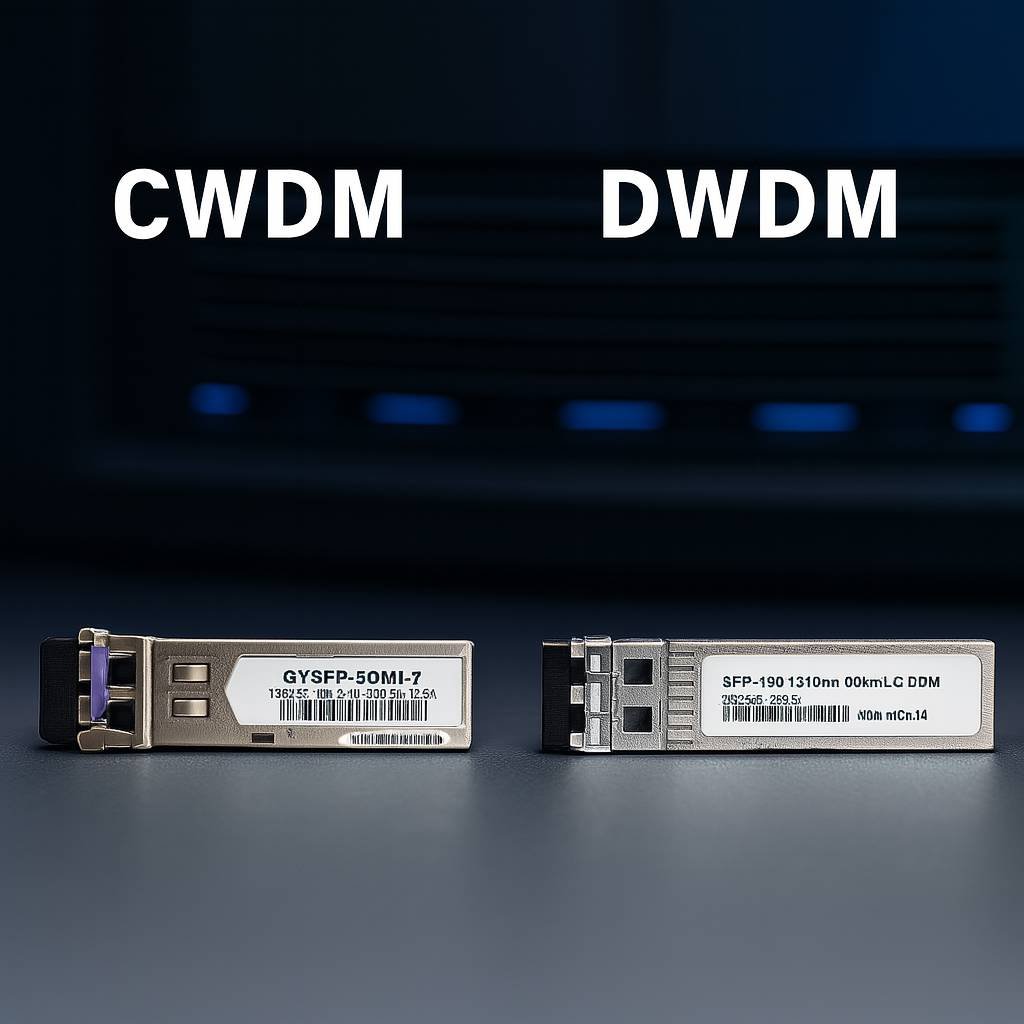
To make the right choice, you first need to understand the fundamental technology differences. These details directly impact performance, cost, and what you can achieve with your network. Let’s look at the specifics.
The main differences are wavelength spacing, channel count, and transmission distance. CWDM uses wide 20nm spacing for fewer channels over shorter distances. In contrast, DWDM uses narrow 0.8nm spacing for many channels over very long distances, but requires more precise components.
For a broader comparison and additional applications of these WDM technologies, see WDM Technology Overview.
Dive Deeper: Wavelength Spacing and Spectrum
The biggest difference lies in the spacing between channels. Think of it like lanes on a highway.
| Parameter | CWDM | DWDM |
|---|---|---|
| Wavelength Spacing | 20 nm | 0.8 nm, 0.4 nm, or even smaller |
| Spectrum Range | 1270 nm – 1610 nm | C-Band (1525-1565 nm) & L-Band (1570-1610 nm) |
| Channel Count | Up to 18 channels | Typically 40, 80, 96, or more |
| Laser Requirements | Uncooled, less precise lasers | Temperature-stabilized, high-precision DFB lasers |
CWDM’s wide spacing makes it more tolerant of temperature fluctuations. This allows the use of cheaper, uncooled lasers. DWDM packs channels tightly together, which demands expensive, cooled lasers to prevent channels from drifting and interfering with each other.
Dive Deeper: Transmission Distance and Amplification
Your project’s distance requirement is a major decision factor.
- CWDM: Systems are typically unamplified and limited to distances of about 70 km. The signal gets too weak after that. This is perfect for connections within a city or a large campus.
- DWDM: Systems are designed for long-haul transmission, easily covering over 1,000 km with the help of amplifiers.
The secret to DWDM’s long reach is the Erbium-Doped Fiber Amplifier (EDFA). These amplifiers only work efficiently in the C-Band and L-Band of the fiber spectrum, which is exactly where DWDM operates. CWDM’s wavelengths are spread across a much wider range, so most of its channels cannot be amplified effectively with standard EDFAs.
Dive Deeper: Cost Analysis (CAPEX vs. OPEX)
For any project manager or procurement officer, the budget is king.
- CAPEX (Initial Cost): CWDM wins here. The components, like the multiplexer/demultiplexer (MUX/DEMUX) and the SFP transceivers, are significantly cheaper. A passive CWDM system is very affordable to deploy. DWDM requires a higher initial investment due to the expensive precision lasers, filters, and amplifiers.
- OPEX (Operating Cost): CWDM systems, especially passive ones, consume very little power. DWDM systems consume more electricity because the lasers and amplifiers need power and cooling. This can add up over time in your operational budget.
How Do These Differences Impact Your Network Architecture?
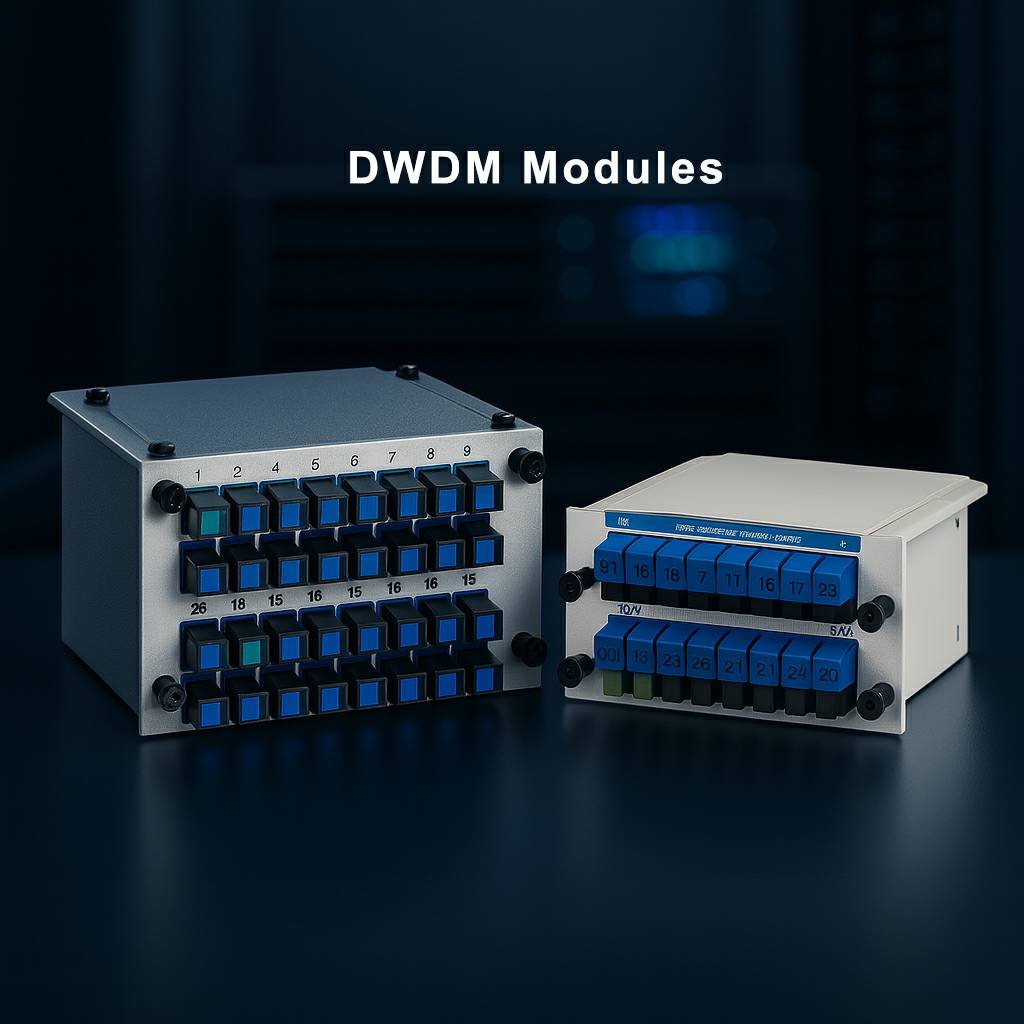
These technical specs are not just numbers; they directly shape your network design. They influence everything from your future scalability plans to the physical layout in your server racks.
CWDM leads to simpler, static, point-to-point architectures due to its channel and distance limits. DWDM enables complex, dynamic, and scalable ring or mesh architectures, offering ultimate flexibility with features like optical routing and add-drop multiplexing.
For a review of how high-density fiber optic packaging and cable management can help optimize your data center’s network architecture, check out Optimizing Your Data Center With High-Density Patch Panels.
Dive Deeper: Scalability and Future-Proofing
Think about your company’s growth five years from now.
- CWDM Architecture: With a maximum of 18 channels, you will eventually run out of capacity. When that happens, your only option is to lease or lay more fiber. It’s great for today’s needs but offers limited future growth.
- DWDM Architecture: This is built for scale. At ABPTEL, we often advise clients to install a 40-channel DWDM MUX/DEMUX but only purchase the transceivers for the channels they need today. This "pay-as-you-grow" model allows them to easily add more capacity later by just plugging in new SFP+ or SFP28 DWDM transceivers.
Dive Deeper: Physical Footprint and Power Constraints
In a data center, space and power are precious resources.
CWDM equipment is often passive, meaning it requires no power and is very compact. You can fit a CWDM MUX/DEMUX into a small 1U rack space.
DWDM systems are active. The amplifiers and transponders need power and generate heat, requiring cooling. A fully loaded DWDM system will take up more rack space and have a bigger impact on your data center’s power and cooling budget.
Final thoughts
The choice between CWDM and DWDM is not about which is "better." It is about balancing your specific needs for capacity, distance, and cost. CWDM offers an affordable solution for shorter, lower-capacity links, while DWDM provides massive, scalable capacity for long-haul networks.
If you are planning a network upgrade and want to discuss your architecture, my team and I are here to help. Feel free to contact me at candy@abptel.com for a technical consultation or a quote on MPO cables, SFP modules, and WDM systems.

